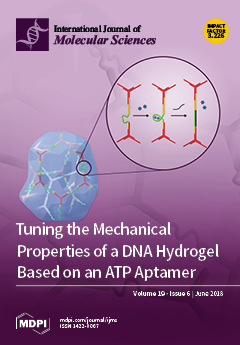Platelet-derived growth factor (PDGF) has mitogenic and chemotactic effects on fibroblasts. An increase in intracellular Ca
2+ is one of the first events that occurs following the stimulation of PDGF receptors (PDGFRs). PDGF activates Ca
2+ elevation by activating the phospholipase C gamma
[...] Read more.
Platelet-derived growth factor (PDGF) has mitogenic and chemotactic effects on fibroblasts. An increase in intracellular Ca
2+ is one of the first events that occurs following the stimulation of PDGF receptors (PDGFRs). PDGF activates Ca
2+ elevation by activating the phospholipase C gamma (PLCγ)-signaling pathway, resulting in ER Ca
2+ release. Store-operated Ca
2+ entry (SOCE) is the major form of extracellular Ca
2+ influx following depletion of ER Ca
2+ stores and stromal interaction molecule 1 (STIM1) is a key molecule in the regulation of SOCE. In this study, wild-type and STIM1 knockout mouse embryonic fibroblasts (MEF) cells were used to investigate the role of STIM1 in PDGF-induced Ca
2+ oscillation and its functions in MEF cells. The unexpected findings suggest that STIM1 knockout enhances PDGFR–PLCγ–STIM2 signaling, which in turn increases PDGF-BB-induced Ca
2+ elevation. Enhanced expressions of PDGFRs and PLCγ in STIM1 knockout cells induce Ca
2+ release from the ER store through PLCγ–IP3 signaling. Moreover, STIM2 replaces STIM1 to act as the major ER Ca
2+ sensor in activating SOCE. However, activation of PDGFRs also activate Akt, ERK, and JNK to regulate cellular functions, such as cell migration. These results suggest that alternative switchable pathways can be observed in cells, which act downstream of the growth factors that regulate Ca
2+ signaling.
Full article


